Transport For NSW anti-car bias highlights need for a roads authority after Rozelle Interchange chaos
Transport for NSW’s cultural bias against roads exposed a ramshackle department and the Rozelle debacle highlighted the need for a stand-alone roads authority, writes Tom Forrest.
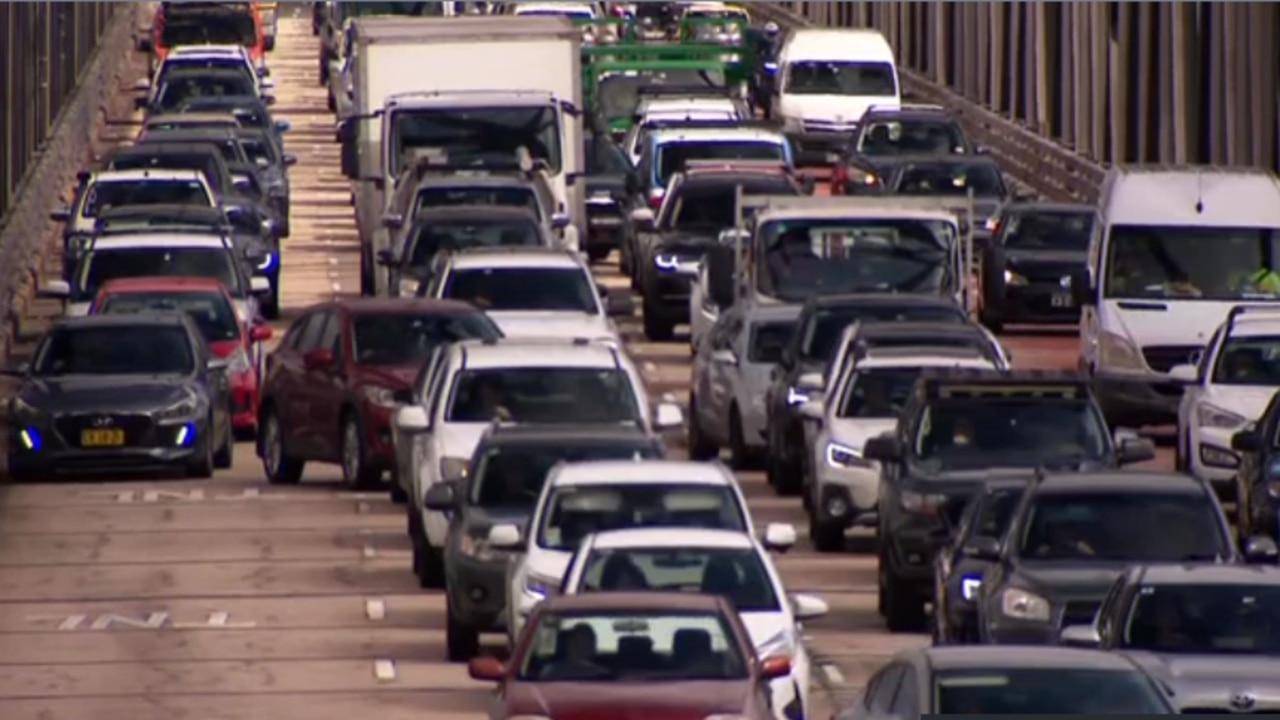
Opinion
Don't miss out on the headlines from Opinion. Followed categories will be added to My News.
The opening of the Rozelle interchange and the resultant traffic nightmare exposes a ramshackle department with a cultural bias against motorists.
Transport for NSW is a creature of the former government. It pulled together the staff, skills and resources of the former Roads and Traffic Authority, then Roads and Maritime Services, RailCorp, the Transport Infrastructure Development Corporation and the Metro Authority, and the WestConnex Authority all into one big agency.
Then, under Rob Stokes, they added PlaceMaking and Active Transport.
They ordered new inter city trains without consulting the operators and simply assuming it was okay to remove the guards, resulting in hundreds of millions of dollars in additional costs, years of delays and humiliation for the former government.
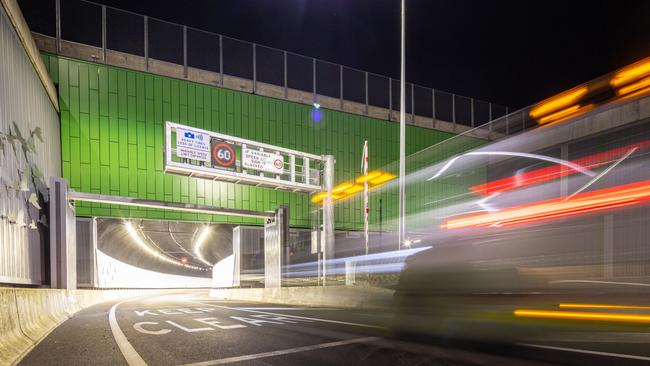
They allowed the private operator of the North Connex tunnel to raise tolls over and above the rate of inflation each year, allowing them to cut the ribbon on the new road while motorists were forced to pay more in real terms every year.
No wonder motorists revolted.
They disrupted hundreds of people’s lives while building tunnels under homes, causing cracks and noise.
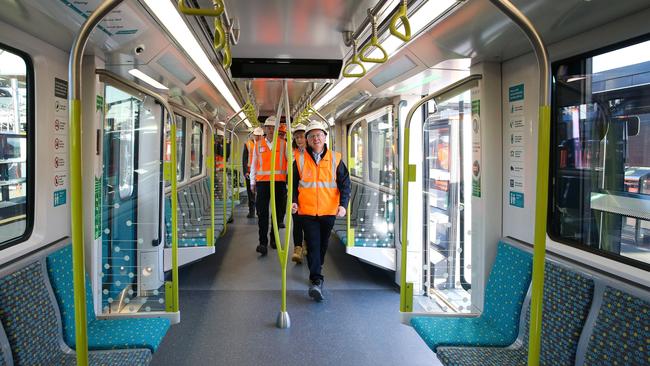
They ran roughshod over families through predatory compulsory acquisition practices, falling far short of the model litigants they are obliged to be.
They introduced a new Sydney Trains timetable without realising they did not have enough drivers, sending on-time running though the floor (only hidden by Covid).
Worse, they designed a new timetable which did not allow enough access to the track to ensure basic maintenance, causing a dangerous backlog.
They shifted the focus of capital works to placemaking, priority bus lanes, bike lanes and ribbon cutting opportunities, rather than the bread and butter of public road and rail maintenance and their basic operations.
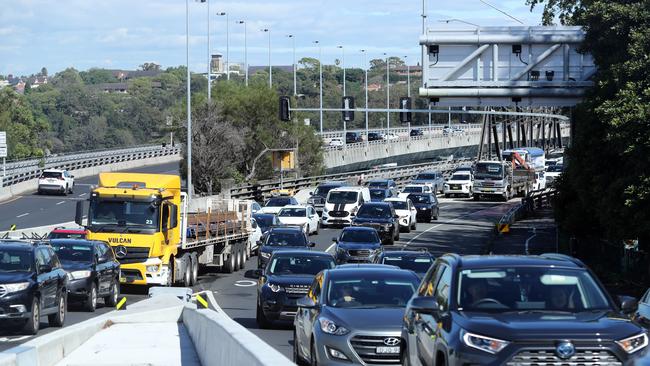
They removed warning signs from mobile speed cameras, raising tens of millions of dollars from frustrated motorists. They dumped all their planners, resulting in 12-month-plus delays for those requiring planning concurrence to build new homes.
The anti-car attitude is the cause of the Victoria Rd debacle, where there are now two empty bus lanes running from Darling Street to the Anzac Bridge but only one lane for traffic.
The co-ordination and execution was so poor and the traffic congestion so bad, the buses from Balmain can’t access the Victoria Road bus lanes, or the Anzac Bridge without a 45 minute delay.
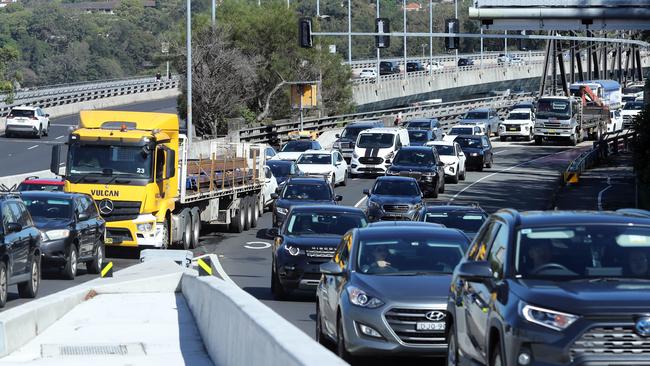
The reason they could not find any road design experts to advise on what went so badly wrong last Sunday is they used to be public servants at the RTA but they all got made redundant.
TfNSW became obsessed with shiny new Metros, toll roads, “active transport” and punishing motorists.
The new culture was to simply hand over any problem to expensive private sector consultants or the toll road operators. Contract the knowledge out – what could possible go wrong – until it all went wrong.
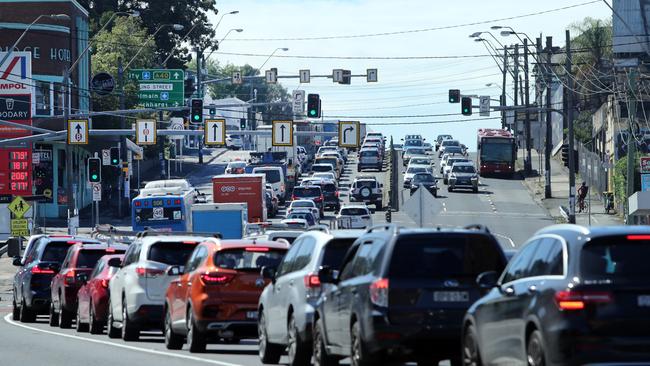
No one was paying attention to the operations of the public road network.
We need a strong voice for the public road network as a central and independent part of government.
The answer is to separate roads from TfNSW.
Have one minister responsible for transport and a separate one for roads, each supported by their own department.
Only then will we be able to see progress towards untangling the disaster that TfNSW has become.
Tom Forrest is CEO of Urban Taskforce




